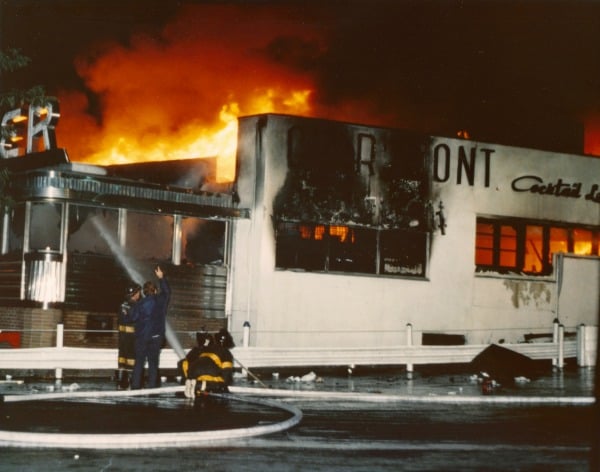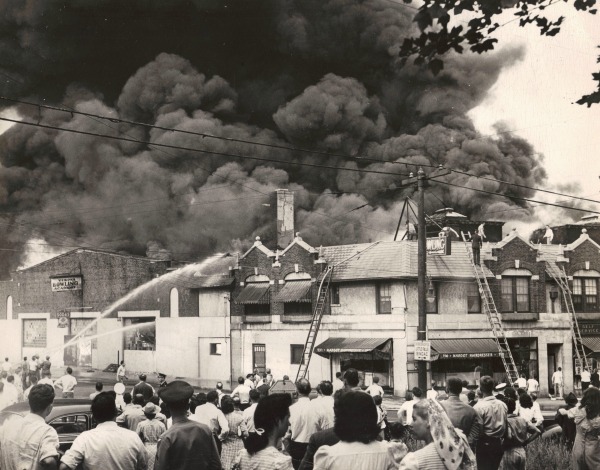
Several decades ago, Verona devised an emergency alert system based on our grid-like map to help Fire Department volunteers to know immediately where to report. Each corner of town was assigned a number, so if the first horn blast was a one, it meant the fire was in the F.N. Brown school district. The next two numbers signified the number of intersections east or west from Lakeside Avenue and the blocks north or south of Bloomfield Avenue. Over the years, the volunteers got two-way radios and cell phones, but the town still used the horn, in large part because there was no chance anyone would not hear it. (If you’ve been in the center of town when it sounded, you know what we mean.)
But last November, the Verona Fire Department began using the horn in a new way. A 3-1-3 blast now means that fire fighters must check their radio or text messages to find out where to go.
“We’re just trying to simplify things,” says VFD Chief Harvey Goodman, “and so far it’s proving very effective. And if the phones go down, we can still use the horn in the old way.” And not all of the old ways are going away: A Verona Rescue Squad call remains two rounds of four horns and 2-2-2 still means that there’s a fire in a neighboring town that needs help from Verona.

But by keeping the location of the fire more private, the new system is helping to cut down on what Goodman calls the “parade effect”. That is, people who hear the horn and drive or walk to a fire location just to see what’s up, which is usually nothing. Goodman notes that the VFD gets 350 to 400 fire calls a year, “but thankfully not many fires.” By keeping non-firefighters and their cars away, the new system could also lessen the danger to VFD members crossing streets with hoses or equipment.
“Ultimately,” says Goodman, “the safety of Verona and our members is paramount.”
Historical fire photos courtesy Verona Fire Department.


You know where 437 is? Beach road and Cliff street
Yes, I know that call quite well.